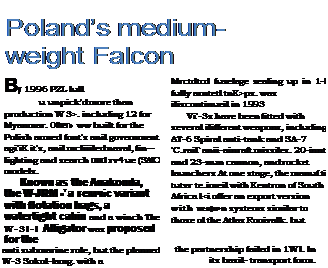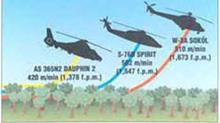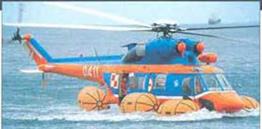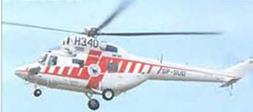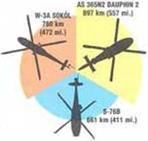S-55/H-19
• Korea veteran • Pioneering troop-lifter • Air-sea rescue
The S-55 was the first in a long line of successful large Sikorsky helicopters. Starting life as a piston-powered machine with a limited load-carrying capacity, the S-55 later received a turbine ongine and considerably more capability. It could perform a variety of roles, including airlifting troops, air-sea rescue work, air taxiing, cargo-hauling and anti-submarine patrol. The S-55 took part in the Korean War, but was still providing useful service to military and civil users in the 1980s.
T Piston power

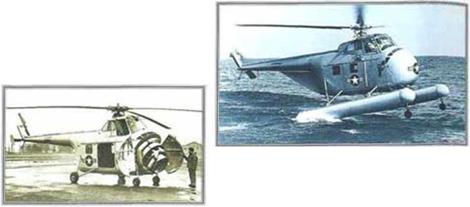 The large, bulky radial was faired under twin clamshell doors. Engineers loved this as it meant easy access to the engine. But the mamago of helicopters and large piston ongines was never realty successful.
The large, bulky radial was faired under twin clamshell doors. Engineers loved this as it meant easy access to the engine. But the mamago of helicopters and large piston ongines was never realty successful.
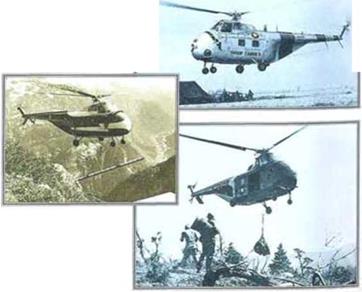 Troop carrier ►
Troop carrier ►
The S-55’s ability to carry up to 10 fully-equipped troops was used in the development of an entirely new kind of warfare known as helicopter assault. Troop-carrying S-55s saw action around the world.
from Malaya to Algeria.
Load-lifter ►
Hauling logs in the Rockies was another task that earlier helicopters wore not capable of. The need for a powerful lurbino engine was demonstrated vividly when carrying loads at high altitudes.
Sling load supplies ►
The ability to get supplies to troops miles from any airfield was especially useful in Korea, where UN units were frequently bypassed and surrounded. Tho narrow fuselage profile made underslung load – carrying preferable to using the tight cabin space.
FACTS AND FIGURES
> The US Army version of tho H-19 was known as the Chickasaw.
>■ The US Navy HOS-4 version was used for anti-submarine warfare duties.
► French S-55s in Algoria used rockets and
machine-guns in combat trials.
>■ The US Army was still using its last few H-19s In the earty 1980s.
► Wostland-built S-55s were sometimes powered by the AJvis Leonides Major piston engine or Gnome turboshaft.
► In an air show stunt that went wrong, an RAF Whirlwind dragged a stuntman on a bicycle through trees.
|
|||||||||||||||||||||||||||||||||||||||||||||||||||||||||||||||||||||||||||||||||||||||||||||||||||||||||||||||
|
|||||||||||||||||||||||||||||||||||||||||||||||||||||||||||||||||||||||||||||||||||||||||||||||||||||||||||||||
|
|||||||||||||||||||||||||||||||||||||||||||||||||||||||||||||||||||||||||||||||||||||||||||||||||||||||||||||||
|
|
||||||||||||||||||||||||||||||||||||||||||||||||||||||||||||||||||||||||||||||||||||||||||||||||||||||||||||||
|
|||||||||||||||||||||||||||||||||||||||||||||||||||||||||||||||||||||||||||||||||||||||||||||||||||||||||||||||
|
|
||||||||||||||||||||||||||||||||||||||||||||||||||||||||||||||||||||||||||||||||||||||||||||||||||||||||||||||
|
|||||||||||||||||||||||||||||||||||||||||||||||||||||||||||||||||||||||||||||||||||||||||||||||||||||||||||||||
|
|||||||||||||||||||||||||||||||||||||||||||||||||||||||||||||||||||||||||||||||||||||||||||||||||||||||||||||||
|
|
||||||||||||||||||||||||||||||||||||||||||||||||||||||||||||||||||||||||||||||||||||||||||||||||||||||||||||||
|
|||||||||||||||||||||||||||||||||||||||||||||||||||||||||||||||||||||||||||||||||||||||||||||||||||||||||||||||
|
|||||||||||||||||||||||||||||||||||||||||||||||||||||||||||||||||||||||||||||||||||||||||||||||||||||||||||||||
|
|||||||||||||||||||||||||||||||||||||||||||||||||||||||||||||||||||||||||||||||||||||||||||||||||||||||||||||||
|
|||||||||||||||||||||||||||||||||||||||||||||||||||||||||||||||||||||||||||||||||||||||||||||||||||||||||||||||
 |
|||||||||||||||||||||||||||||||||||||||||||||||||||||||||||||||||||||||||||||||||||||||||||||||||||||||||||||||
|
|||||||||||||||||||||||||||||||||||||||||||||||||||||||||||||||||||||||||||||||||||||||||||||||||||||||||||||||
|
|||||||||||||||||||||||||||||||||||||||||||||||||||||||||||||||||||||||||||||||||||||||||||||||||||||||||||||||
|
|||||||||||||||||||||||||||||||||||||||||||||||||||||||||||||||||||||||||||||||||||||||||||||||||||||||||||||||
|
|||||||||||||||||||||||||||||||||||||||||||||||||||||||||||||||||||||||||||||||||||||||||||||||||||||||||||||||
|
|||||||||||||||||||||||||||||||||||||||||||||||||||||||||||||||||||||||||||||||||||||||||||||||||||||||||||||||
 |
|||||||||||||||||||||||||||||||||||||||||||||||||||||||||||||||||||||||||||||||||||||||||||||||||||||||||||||||
|
|||||||||||||||||||||||||||||||||||||||||||||||||||||||||||||||||||||||||||||||||||||||||||||||||||||||||||||||
|
|
||||||||||||||||||||||||||||||||||||||||||||||||||||||||||||||||||||||||||||||||||||||||||||||||||||||||||||||
|
|||||||||||||||||||||||||||||||||||||||||||||||||||||||||||||||||||||||||||||||||||||||||||||||||||||||||||||||

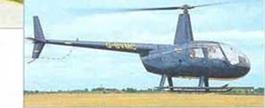






SCHWEIZER
• American light helicopter • Hughes ancestry • Limited sales

|
D |
esigned in the early 1980s to meet the US Army’s requirement for a new flight training helicopter, the Schweizer 330 was produced with three sets of controls so that two students could be instructed simultaneously. It lost to the Bell TH-57 Creek in the military competition, but has been sold subsequently as a three – or four-seat light utility machine. It offers an attractive combination of low cost, high performance and mission flexibility.
A Looking similar to the larger Hughes! McDonnell Douglas Model 500 sonos of light helicopters, the Schweizer 300 first flew in Juno 1988. and went on sole during 1993.












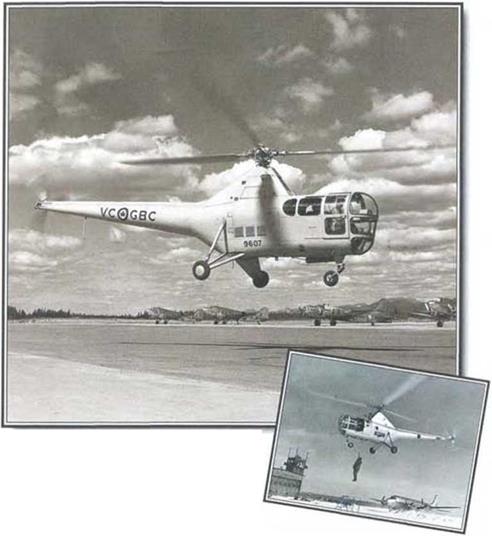 After its succoss with the R-4, the USAAF issued a requirement for a larger machine which was able to carry out tasks such as observation duties. Vought-Sikorsky’s Model 327 was designed to meet the new specification and shared the R-4*s basic layout. However, it was an entirely new design and seated two crew in tandem in a more streamlined fuselage. Sikorsky went on to dovolop the S-51 civil helicoptor from the R-5.
After its succoss with the R-4, the USAAF issued a requirement for a larger machine which was able to carry out tasks such as observation duties. Vought-Sikorsky’s Model 327 was designed to meet the new specification and shared the R-4*s basic layout. However, it was an entirely new design and seated two crew in tandem in a more streamlined fuselage. Sikorsky went on to dovolop the S-51 civil helicoptor from the R-5.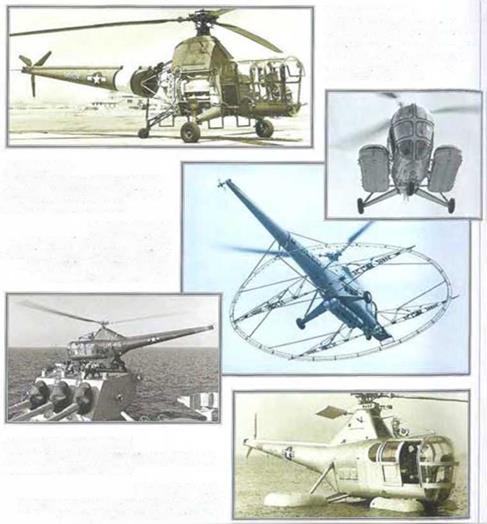 A Early days
A Early days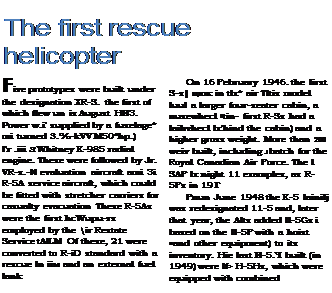

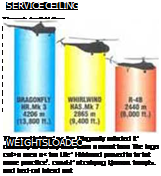

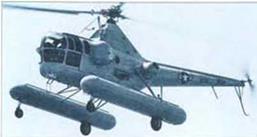




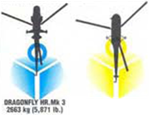


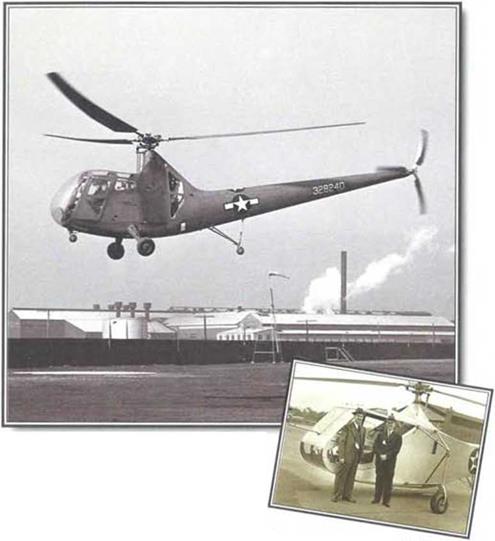
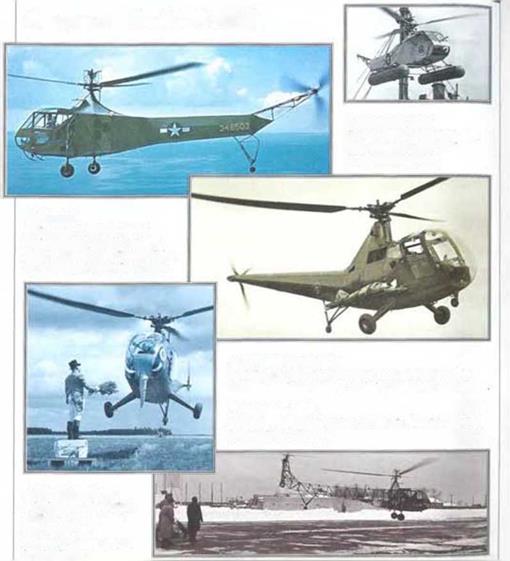 ▲ Merchant Navy
▲ Merchant Navy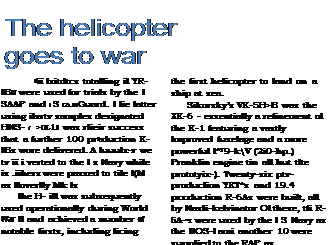


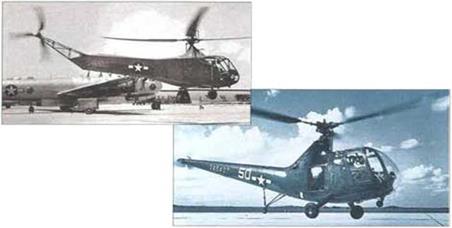


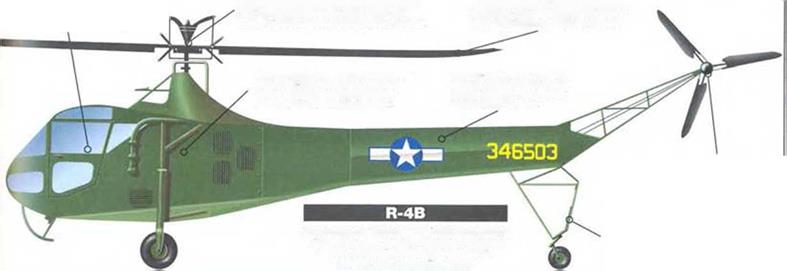

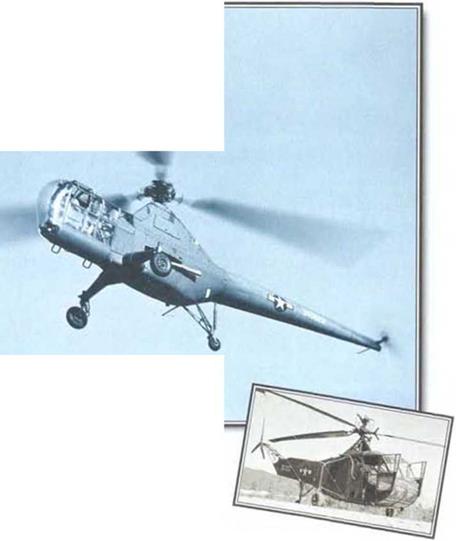 Many people believe the role of the helicopter in World War II was restricted to experimental flights. The USAAC took it far beyond the test phase and Sikorsky’s diminutive R-4 performed some of the most significant flights of the entire war. Pilots found themselves confronted with an ontiroly now era of flight, and the potential of the military helicopter was quickly seen. As a search and rescuo platform, it was a life-saver.
Many people believe the role of the helicopter in World War II was restricted to experimental flights. The USAAC took it far beyond the test phase and Sikorsky’s diminutive R-4 performed some of the most significant flights of the entire war. Pilots found themselves confronted with an ontiroly now era of flight, and the potential of the military helicopter was quickly seen. As a search and rescuo platform, it was a life-saver.



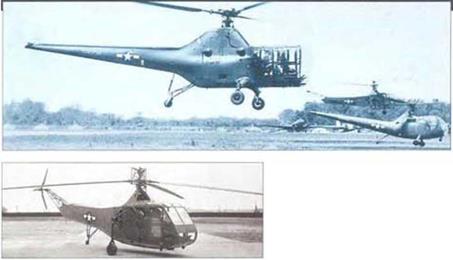




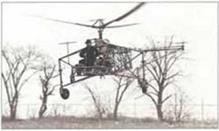


 Early Sikorsky helicopters
Early Sikorsky helicopters ▼ Common components
▼ Common components
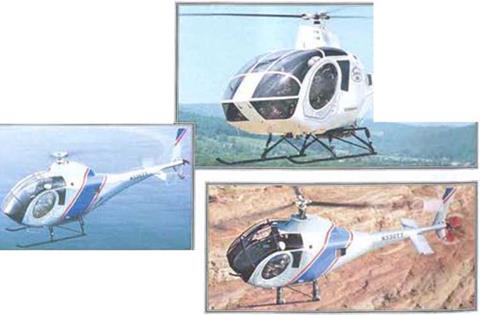 FACTS AND FIGURES
FACTS AND FIGURES

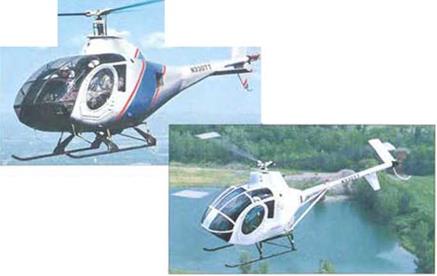
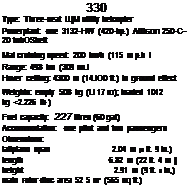






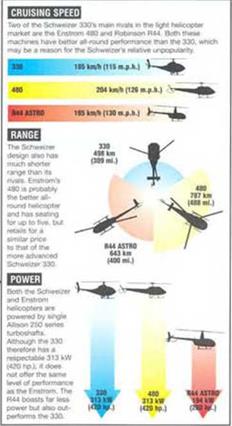




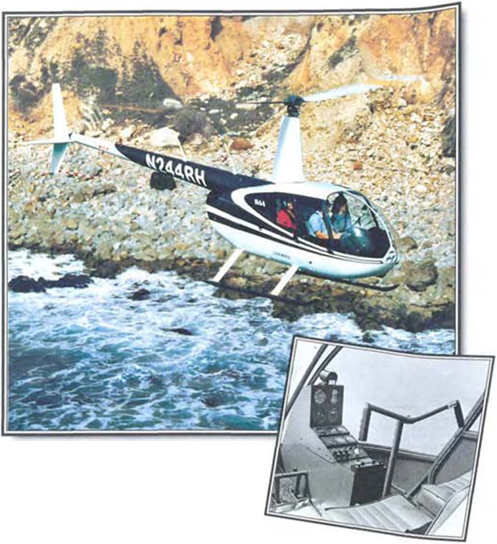
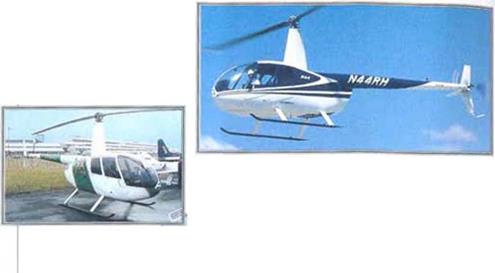 Robinson R44
Robinson R44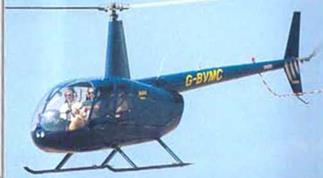 Small helicopters have proved especially popular in the United States, and competition is fierce. Tho R44 has sold well.
Small helicopters have proved especially popular in the United States, and competition is fierce. Tho R44 has sold well.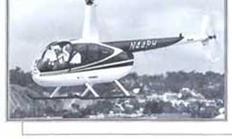
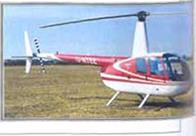 Exceptional ► versatility
Exceptional ► versatility





 Designed in Russia by the Mil bureau but built in Poland by PZL at its Swidnik factory, the Mi-2 was the world’s first light, twin-enginod
Designed in Russia by the Mil bureau but built in Poland by PZL at its Swidnik factory, the Mi-2 was the world’s first light, twin-enginod 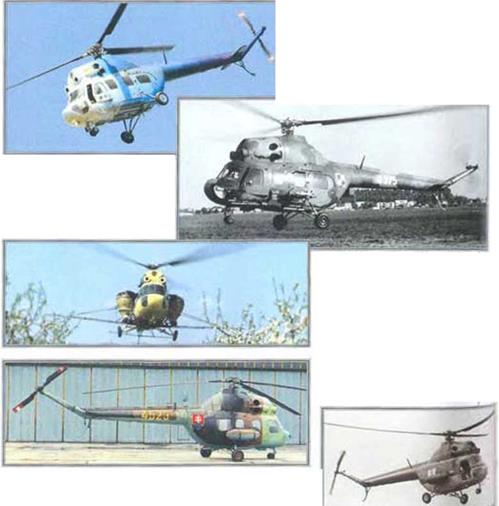
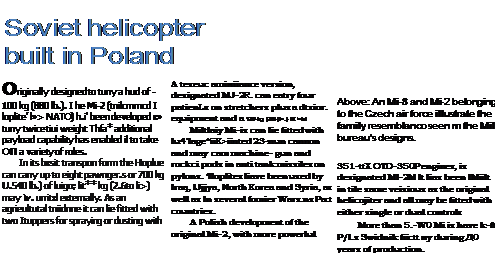



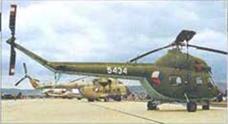





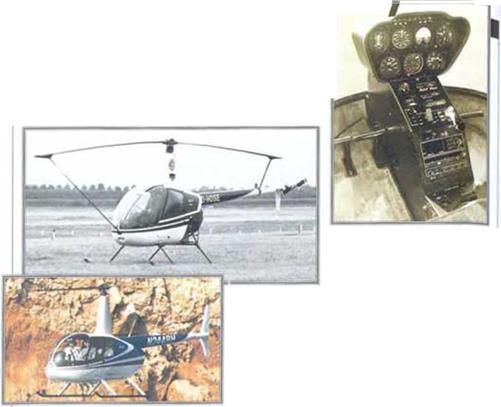 ▼ All tied up
▼ All tied up ◄ R22 on floats
◄ R22 on floats

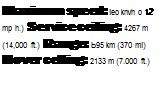

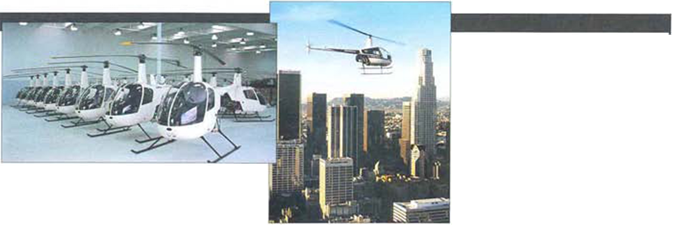
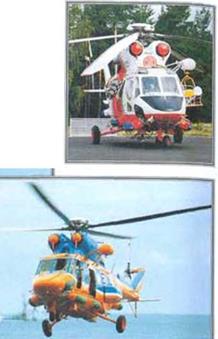 Rescue Anakonda ►
Rescue Anakonda ►
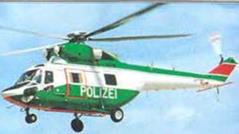 A Protracted development
A Protracted development